Making Weathering and Erosion More Student-Centered
Weathering and erosion is one of my favorite topics to teach! I get excited every year when that unit comes up. Why? Because it's something that is reallys so visual, and easy to make hands-on. It's happening all the time, all around us, but many kids aren’t aware.
Introduction
I start off with some very quick stations where students look at some pictures, and small examples of weathering, and real life examples similar to weathering (a rusty nail, a tree root that grows and splits a rock, calcium chloride tablets that are put in a jar and shaken to see how they break down, and chalk is put in vinegar to see how it changes and breaks down. At each station they are asked to make some observations, and answer a simple question or two about what happened.
We then re-group and discuss the changes that we saw. We come up with a common definition of weathering. Then we break it down further -- two of these stations that we saw are chemical weathering, and two are physical. What do they have in common? How can we define those?
I do a lab on chemical weathering where students design how to test the effect of acid on weathering rate, using coffee, vinegar, water, and chalk. They have to get their procedures approved before the proceed, but they will need to come up with a way to measure their changes, and write their procedures and conclusions.

This is a great chance to practice skills such as observation, measuring, and even writing procedures.
For physical weathering we do several small stations on the factors that affect physical weathering (particle size, time, composition). Then they do a summary on these factors, where they have to apply it to a real life situation, and write about it (practice writing and using evidence).
I then structure the erosion part of the unit very similarly. We do a lab on factors that affect stream erosion, and they get to test out things like slope, water velocity, amount of water, collect their data etc. We may do this as a whole group lab, and study stream development.
We also do stations on other types of erosion. I use a big block of ice to simulate a glacier. You can see some great photos and feedback from @teaching_science_irl below. Students at that station compress the ice into a bin of sediments, drag it across, and make observations. Then they draw parallels to the features that are seen on earth with real glaciers and glacial erosion. Similarly, some mixed sediments and a piece of cardboard can simulate erosion by gravity. A hair dryer, or even a straw that students blow on, and some fine sediments can simulate erosion by wind. This allows them to start to see the features, and draw some conclusions. When this is coupled with additional resources, students can really connect!
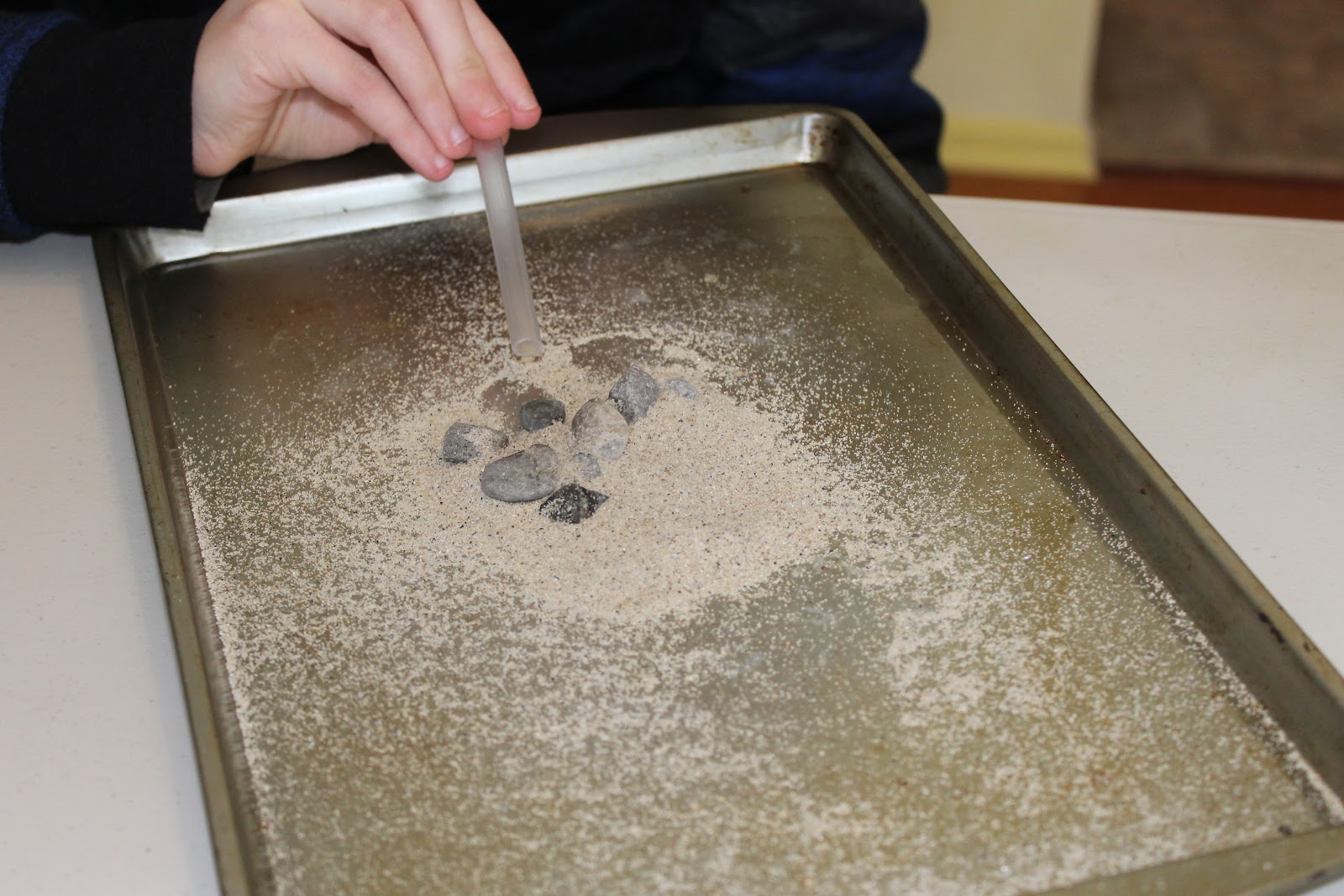
Here is a picture of wind erosion as students examine which size particles travel farther, and the patterns that they make.
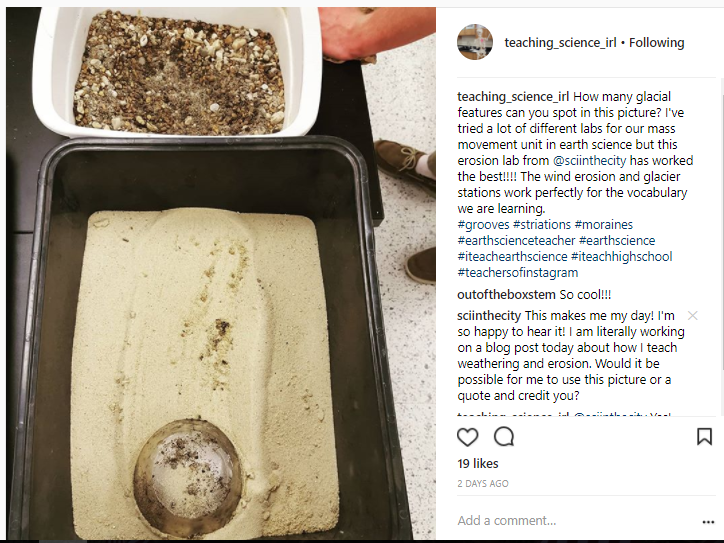
These hands-on activities help make these concepts more real-life, and keep kids engaged. Once they have the foundation and background knowledge, on the topic, they are then much better able to take it the next step and apply to other real life situations or test questions.
I also have the students do an activity where they create a concept map of pictures and terms of weathering, erosion, and deposition. This can also, of course, be done with just one of these topics. This is a great way for students to think through the processes, and also for you to really better understand their thinking.
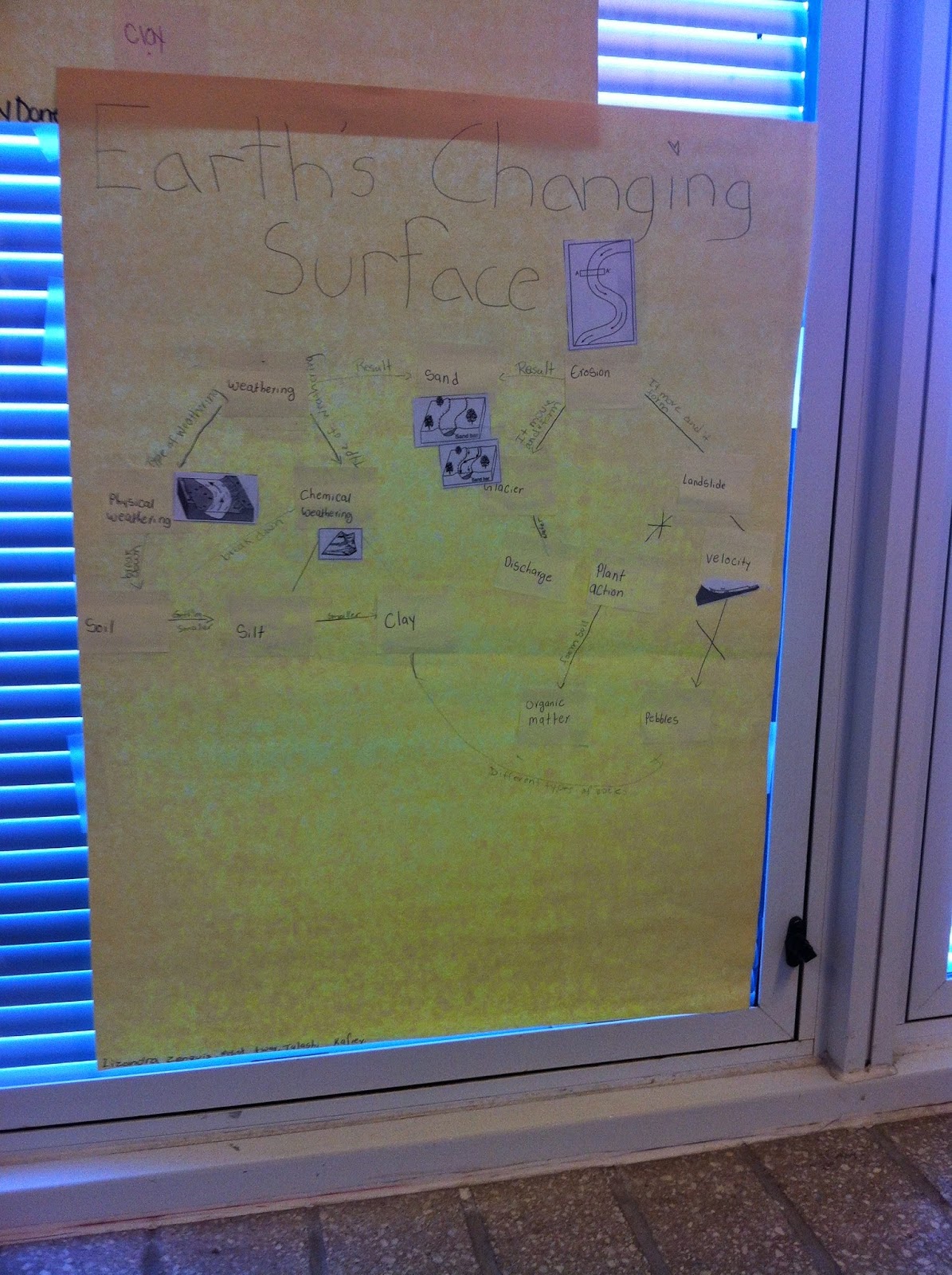
This is also a good time to have students practice with vocabulary, through either Quizlet, matching terms and definitions, or doing any number of other vocabulary activities.
Sometimes, depending upon the group, I like to have a summative assessment where they are given a situation (an erosional feature, or photos of Cleopatra’s Needle, or cemetery photos and having them explain what they see, in terms of weathering and erosion.
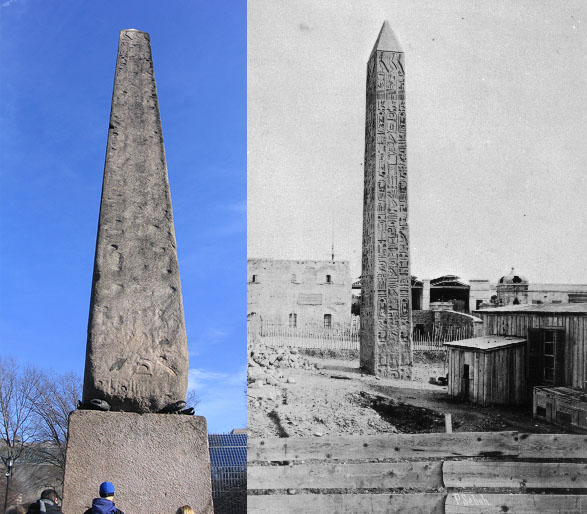
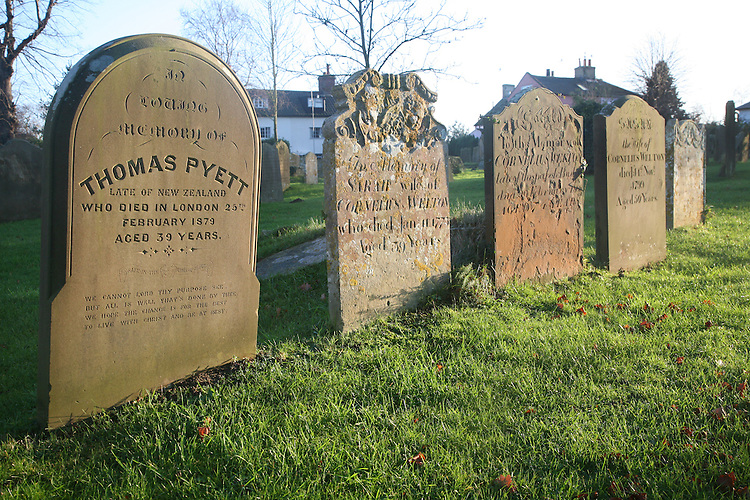
What can you add? How do you teach like to teach Weathering and Erosion?
We then re-group and discuss the changes that we saw. We come up with a common definition of weathering. Then we break it down further -- two of these stations that we saw are chemical weathering, and two are physical. What do they have in common? How can we define those?
Physical and Chemical Weathering
Then we go into weathering in more detail. This is a great place to do lots of shorter labs (such as this weathering lab pack), and practice experimental design skills, and some other basic science skills like graphing changes, writing conclusions, etc.I do a lab on chemical weathering where students design how to test the effect of acid on weathering rate, using coffee, vinegar, water, and chalk. They have to get their procedures approved before the proceed, but they will need to come up with a way to measure their changes, and write their procedures and conclusions.
This is a great chance to practice skills such as observation, measuring, and even writing procedures.
For physical weathering we do several small stations on the factors that affect physical weathering (particle size, time, composition). Then they do a summary on these factors, where they have to apply it to a real life situation, and write about it (practice writing and using evidence).
Erosion
Then we move into erosion. This is a great place to integrate high interest activities, because we start off erosion with video clips of avalanches, rivers flooding their banks, etc. Again, we look at what all these have in common to define erosion, and how it is different than weathering. This is memorable for students, and helps them make a connection!I then structure the erosion part of the unit very similarly. We do a lab on factors that affect stream erosion, and they get to test out things like slope, water velocity, amount of water, collect their data etc. We may do this as a whole group lab, and study stream development.
We also do stations on other types of erosion. I use a big block of ice to simulate a glacier. You can see some great photos and feedback from @teaching_science_irl below. Students at that station compress the ice into a bin of sediments, drag it across, and make observations. Then they draw parallels to the features that are seen on earth with real glaciers and glacial erosion. Similarly, some mixed sediments and a piece of cardboard can simulate erosion by gravity. A hair dryer, or even a straw that students blow on, and some fine sediments can simulate erosion by wind. This allows them to start to see the features, and draw some conclusions. When this is coupled with additional resources, students can really connect!
Here is a picture of wind erosion as students examine which size particles travel farther, and the patterns that they make.
Benefits of Teaching this Way
For us weathering and erosion are a real life topic, but for many students who have never travelled and seen these features it can be very abstract. These hands-on activities help to make it more real, and then allow them to make the leap to test questions and other real-life situationsThese hands-on activities help make these concepts more real-life, and keep kids engaged. Once they have the foundation and background knowledge, on the topic, they are then much better able to take it the next step and apply to other real life situations or test questions.
Wrapping Up
Then we do some review and summary. I usually do this on paper, but some of these review activities could be integrated within the unit as stations or activities to break up each section if you are looking for a change from the hands-on. I have this activity where students look at different pictures of weathering, erosion, or deposition, and have to identify which it is. After that, they then have to identify what type of weathering, or what the agent of erosion was.I also have the students do an activity where they create a concept map of pictures and terms of weathering, erosion, and deposition. This can also, of course, be done with just one of these topics. This is a great way for students to think through the processes, and also for you to really better understand their thinking.
This is also a good time to have students practice with vocabulary, through either Quizlet, matching terms and definitions, or doing any number of other vocabulary activities.
Sometimes, depending upon the group, I like to have a summative assessment where they are given a situation (an erosional feature, or photos of Cleopatra’s Needle, or cemetery photos and having them explain what they see, in terms of weathering and erosion.
What can you add? How do you teach like to teach Weathering and Erosion?








No comments :
Post a Comment